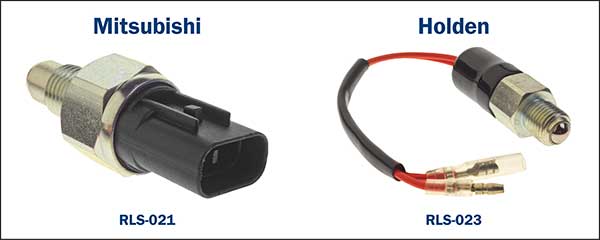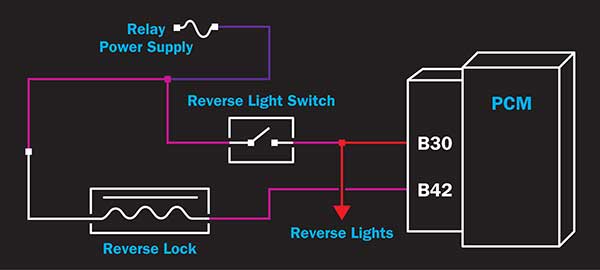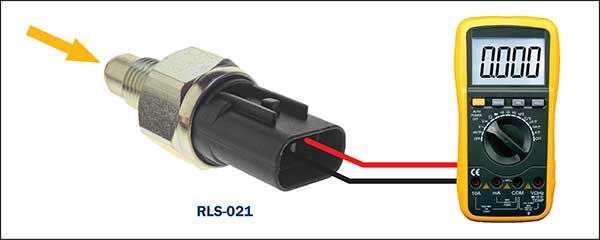
|
|
|
|
Latest News Reverse Light Switches What Technicians need to know about the purpose, types, diagnosing faults and testing reverse light switches and their related circuits. It is important for the technician to realise that the reverse light circuit may be utilised for more than just operating the reverse light globe/s when the “reverse gear” for a manual transmission or “R Range” has been selected on an automatic transmission. The number of reverse lights may vary on a vehicle, depending on the country of origin. Current European vehicles may utilise one only reverse light that is located on the driver’s side. (Should be on the RHD side for Australia). The opposite side may utilise a Fog lamp. Vehicles manufactured in the USA will generally utilise two reverse light globes. Either way, the reverse light/s play an important role in pedestrian safety and any failure must be rectified ASAP. Identifying if a vehicle is about to be driven in reverse will of cause warn both pedestrians and other nearby vehicles of the driver’s intention to reverse and assist the reversing driver visually by illuminating the path when driving in the dark. The manual transmission vehicles generally utilise a simple ON/OFF switch that is activated physically by the selector movement in the transmission. Typical simple ON/OFF reverse light switches
An automatic transmission reverse light switch is generally integrated in the Range selector switch and even though the total range selector switch is generally more complex in operation, the reverse switch function remains the same for both manual and automatic transmissions. Current operating system trends when dealing with the use of reverse light switch and circuit signals. Light Control Module Unlike the earlier vehicles with a simple RLS as part of the circuit directly operating the reverse light globe/s, later vehicles utilise a Reverse Light Switch with a signal directed to a light control module generally located at the rear of the vehicle that control all rear lights that include the reverse light/s. A “no reverse light” condition would require the technician to thoroughly test the RLS as well as the light Reverse Lockout System Typical FG Ford XR8 manual reverse light switch operation with Reverse Lock out solenoid control. Reverse light switch (RLS) terminal B30 at PCM
Reverse Lockout Solenoid terminal B42 at PCM (prevent reverse selection during forward driving conditions)
Reverse alarm signal fitted to trucks and vans. Reverse camera operation (commonly fitted as original equipment or aftermarket) also requires a reverse selection signal to activate the monitor circuit. This is also a function of the reverse light circuit system. Automatic side rear vision mirror movement also requires a reverse selection signal for correctly positioning the mirror to assist the driver with a greater curb view when reverse parking. Note: All these vehicle reversing applications can assist the technician in determining the RLS operating plausibility. A vehicle with all the multiple reversing applications that have failed will require thorough testing of the reverse signal. Any application that still functions when reverse has been selected generally validates the RLS operation and further electrical circuit investigations on the other inoperative specific circuits are required. Simple typical Reverse light system malfunctions.
Simple RLS test procedures: A voltage test on vehicle. Off car test. Monitoring the resistance readings will allow for a closed and open circuit plausibility when cycling the switch. The Premier Auto Trade Sensor range includes over 50 Reverse Light Switches (RLS) from the world’s leading manufacturers, covering almost 7 million vehicle applications in Australia and NZ. When you supply and fit products from Premier Auto Trade you can expect a product designed and tested to the vehicle manufacturer’s specifications offering OE form, fit and function. Premier Auto Trade distributes products throughout Australia via a network of specialised resellers and leading automotive groups. |
Latest News
Tech Tips - Wheel Speed Sensors (WSS) |
| privacy statement terms of use terms and conditions sitemap news |  |






